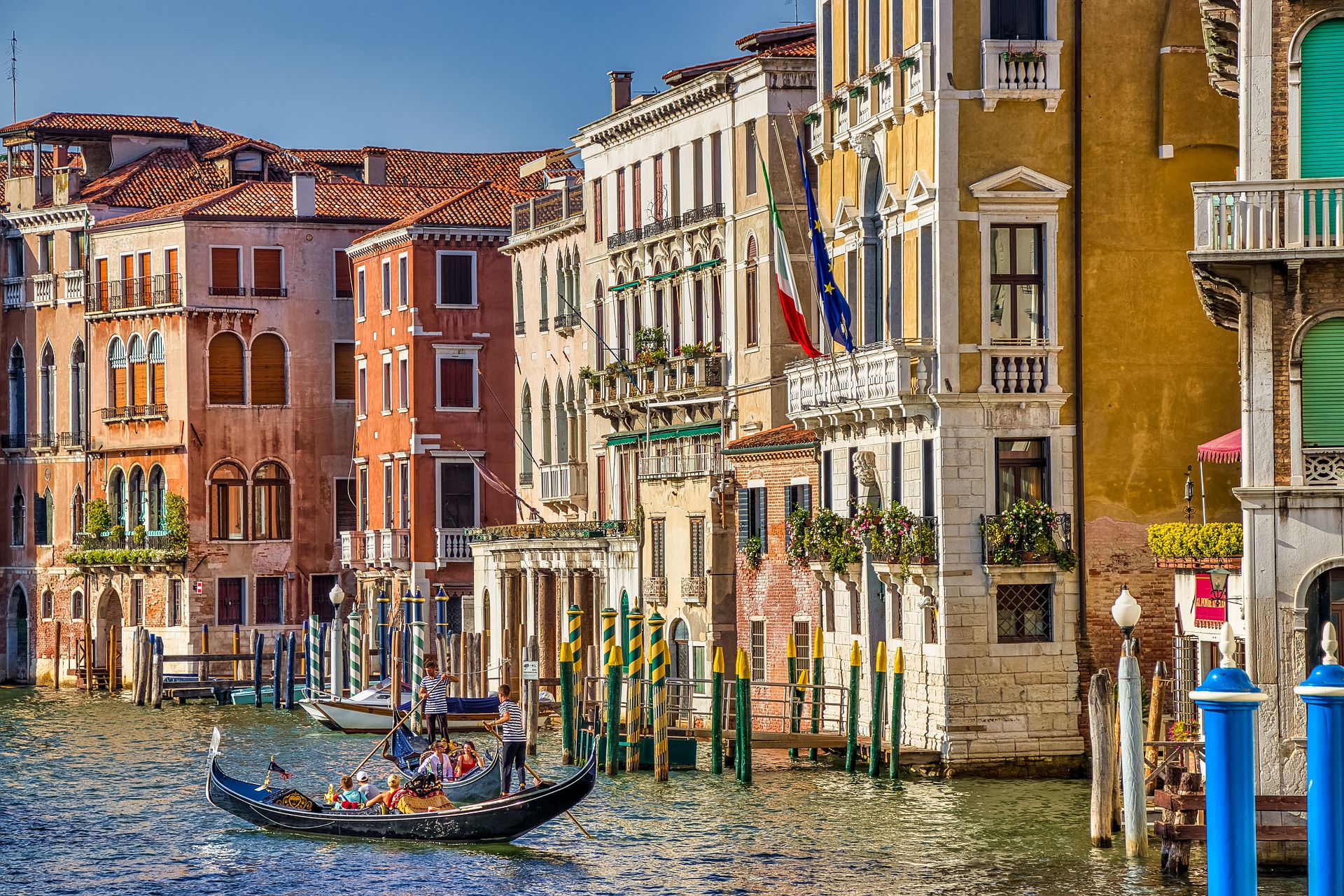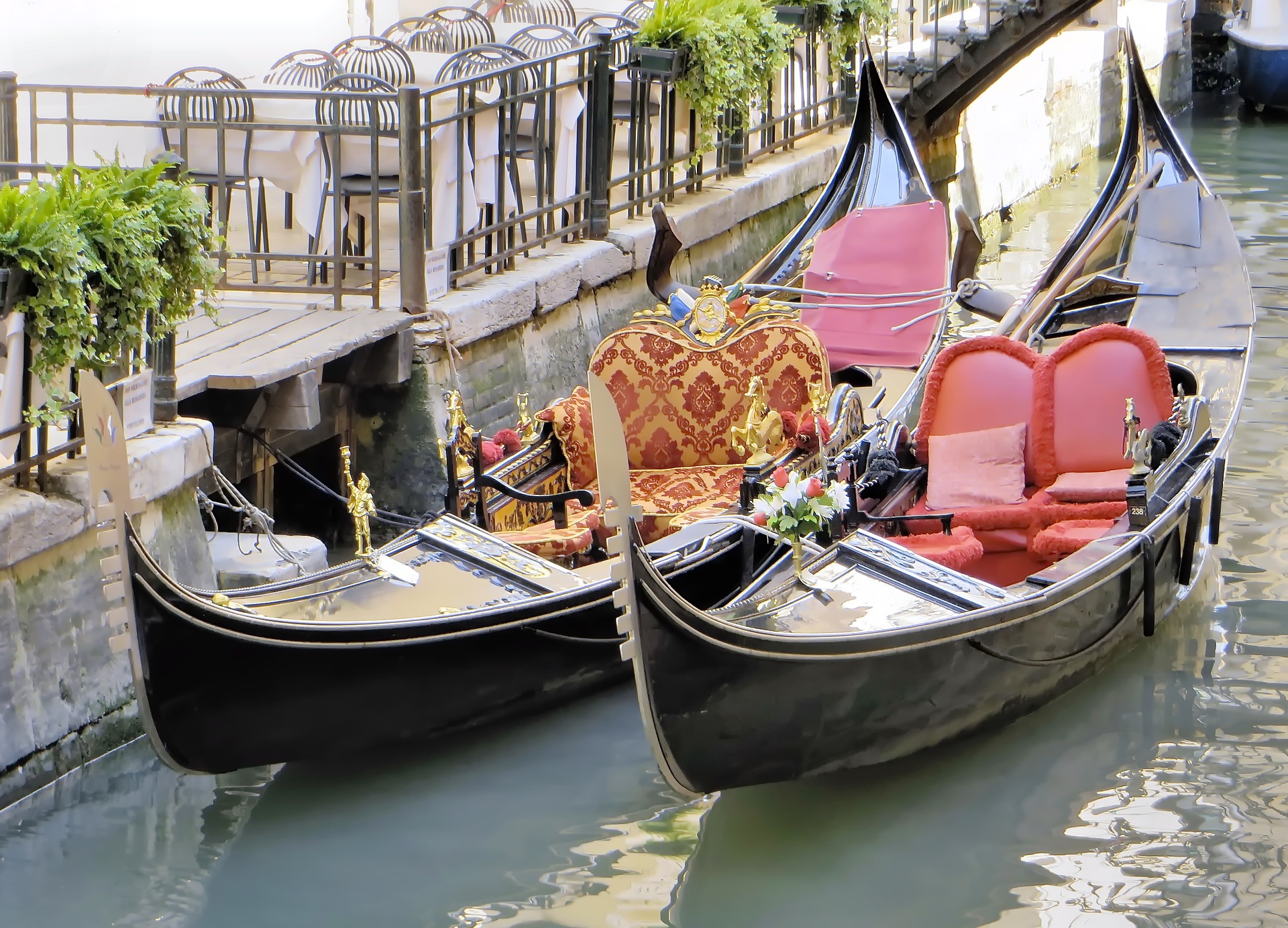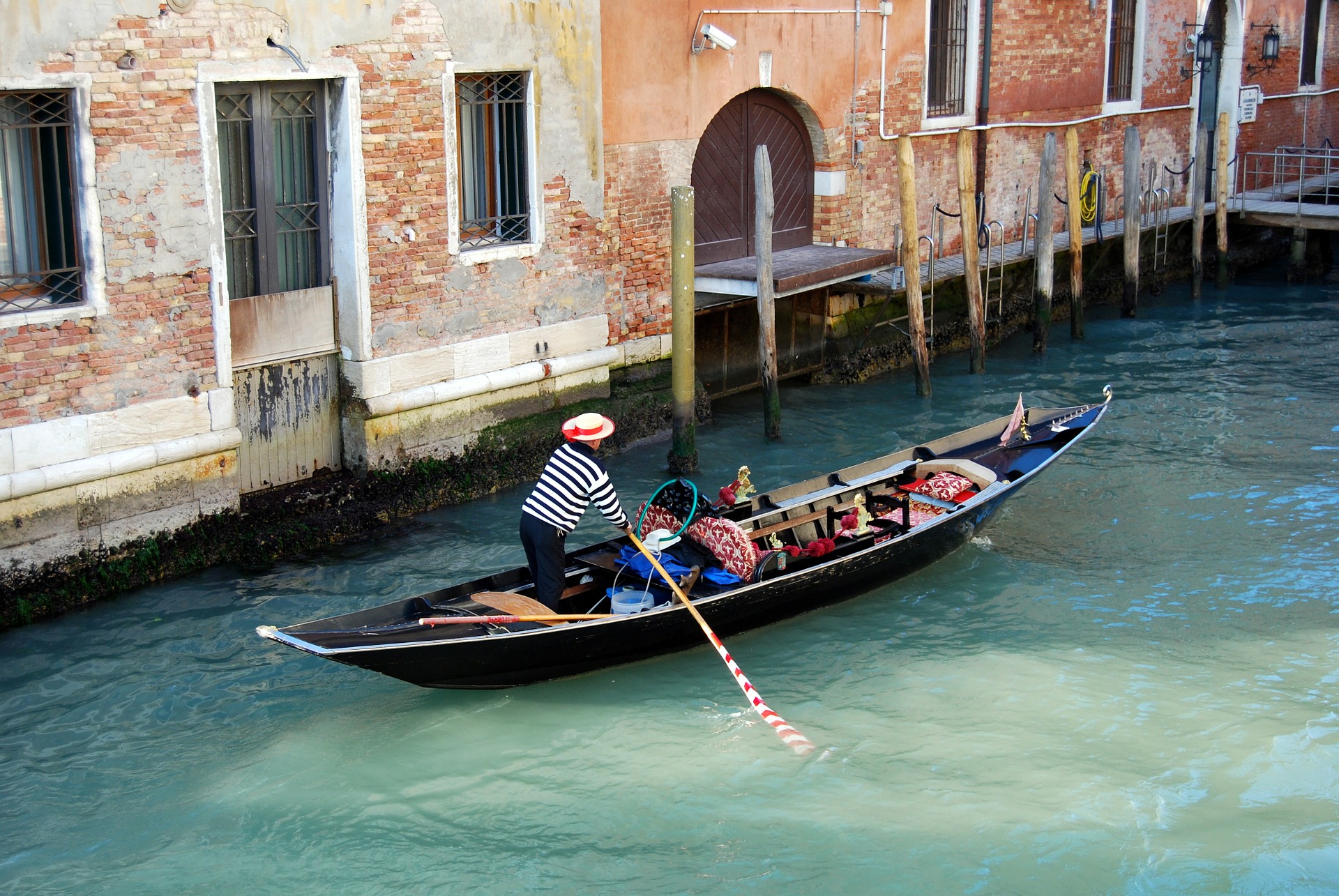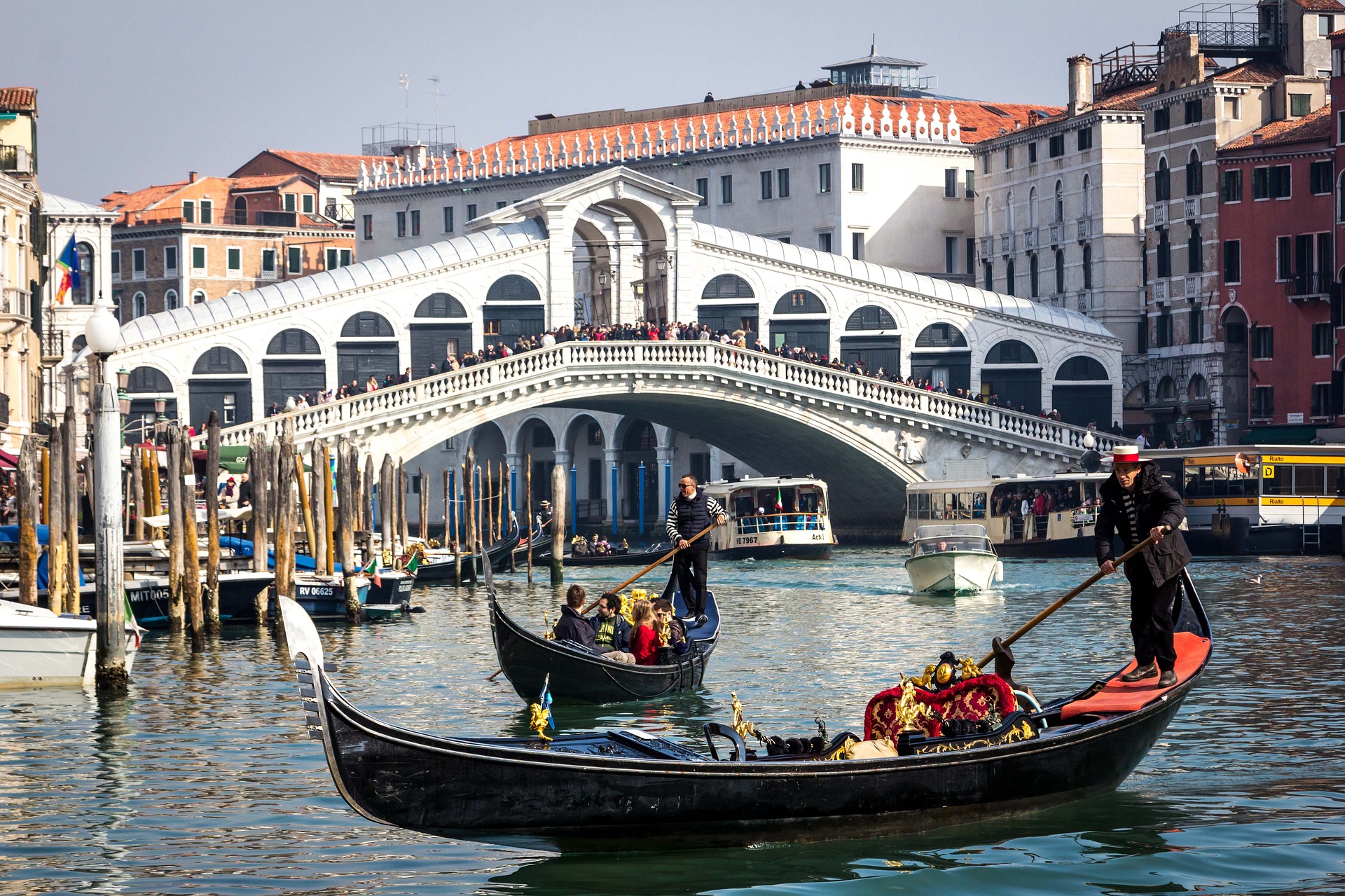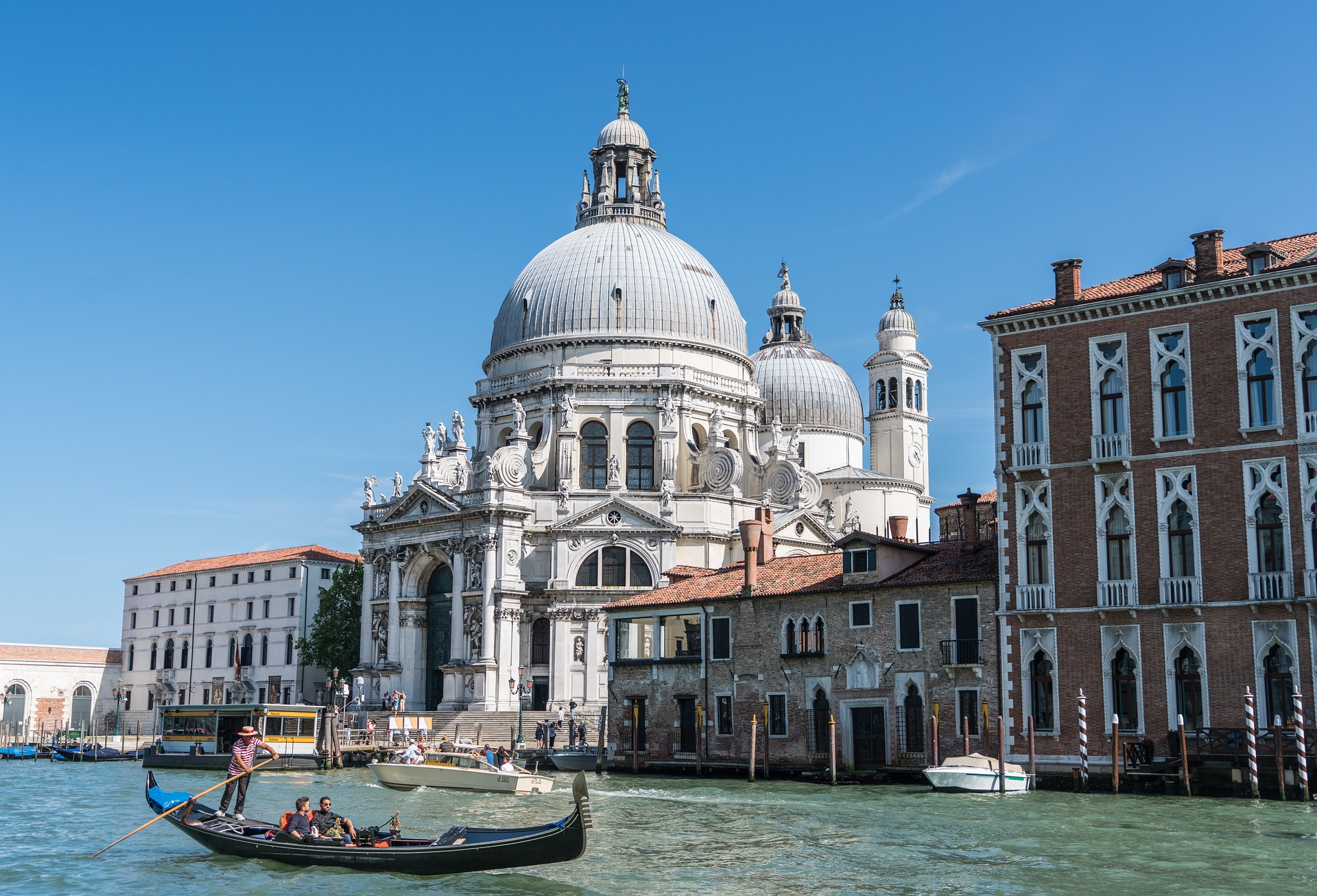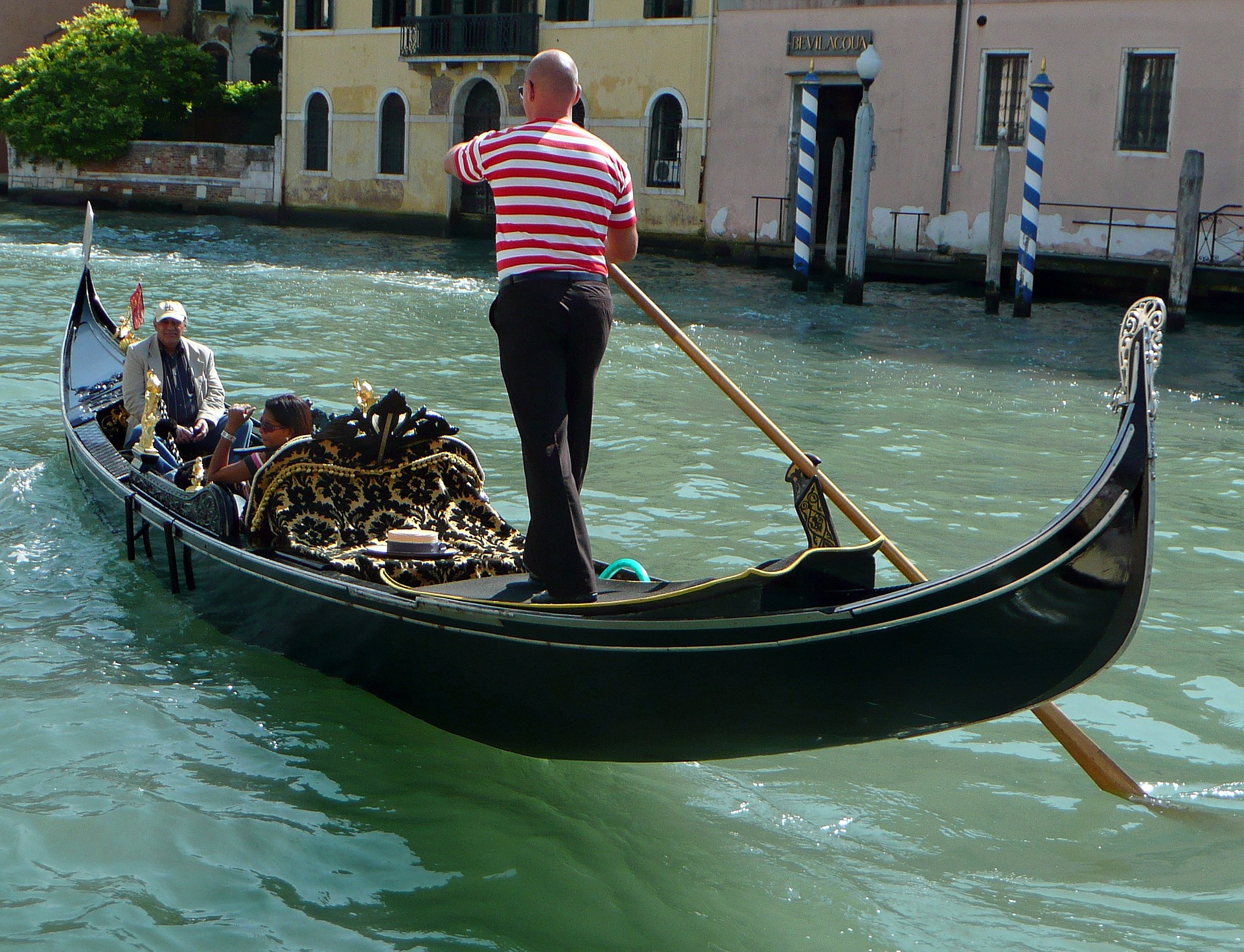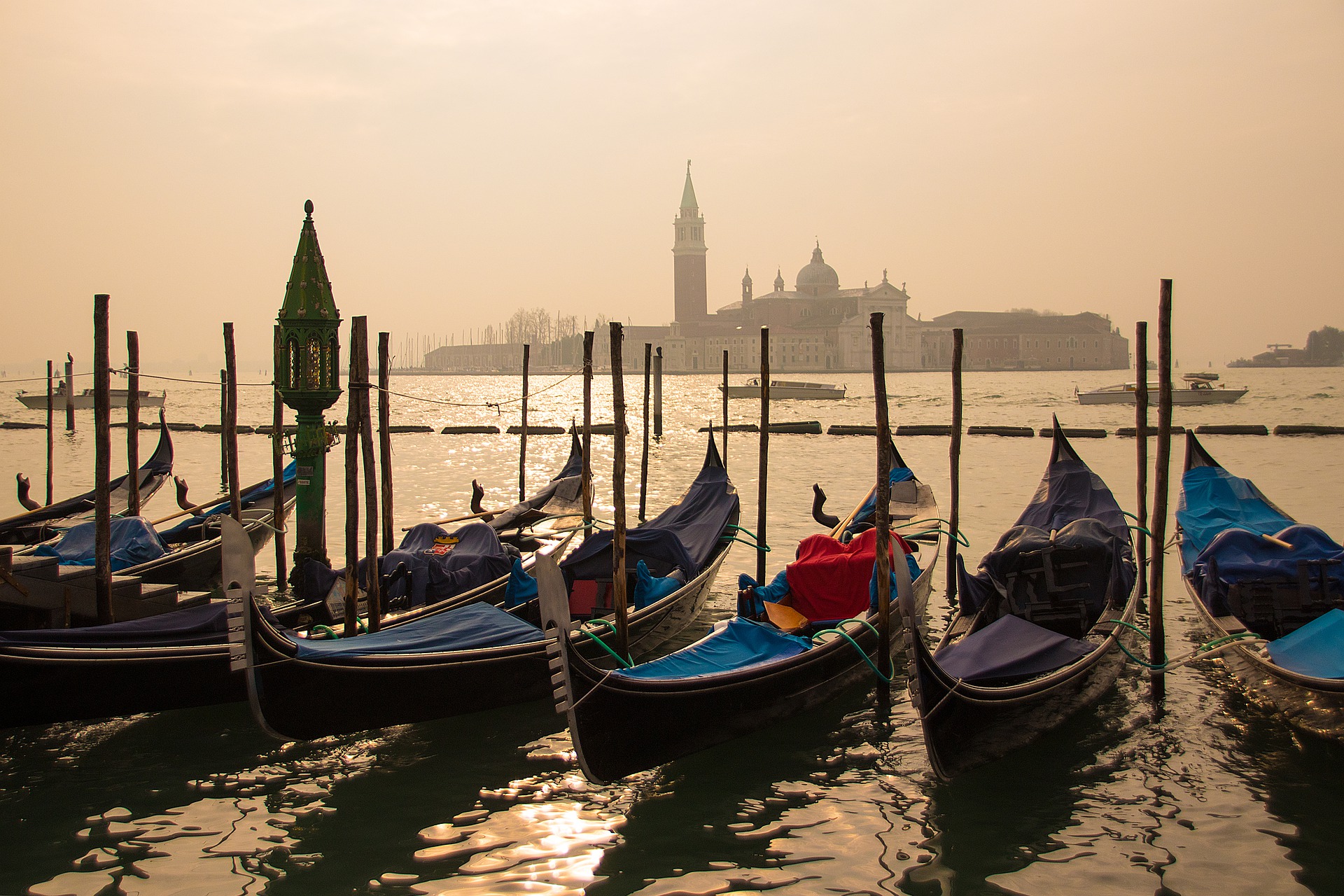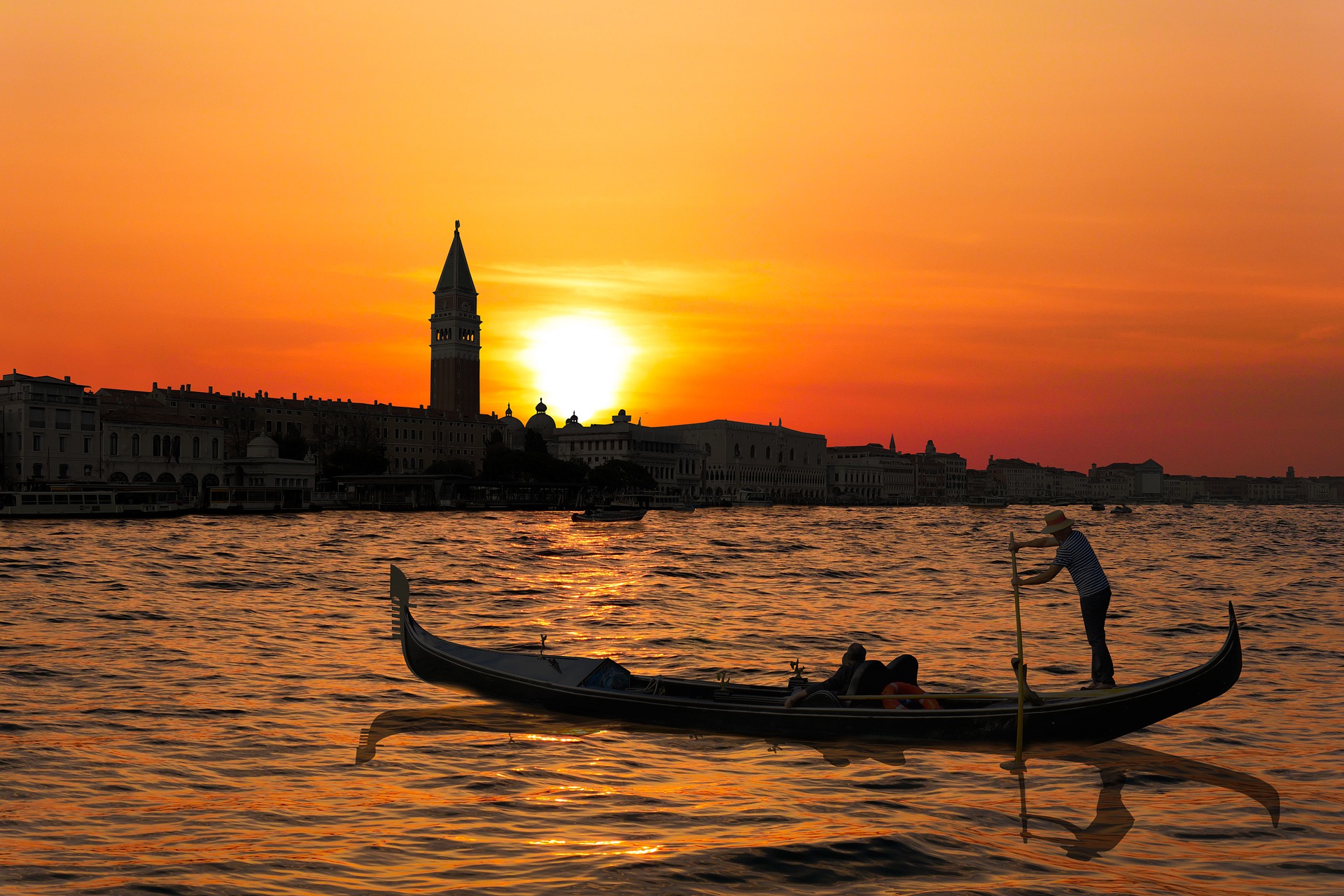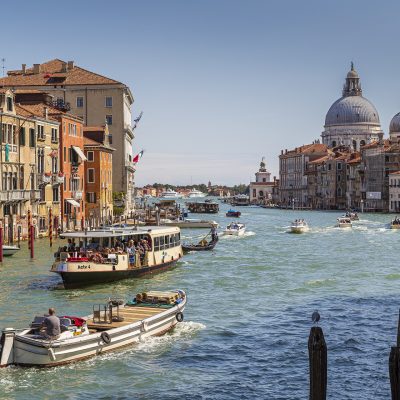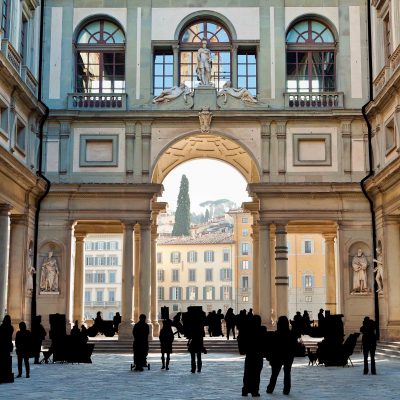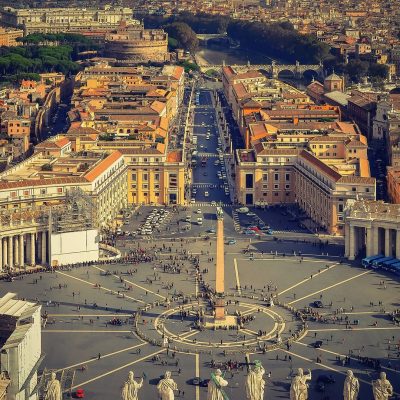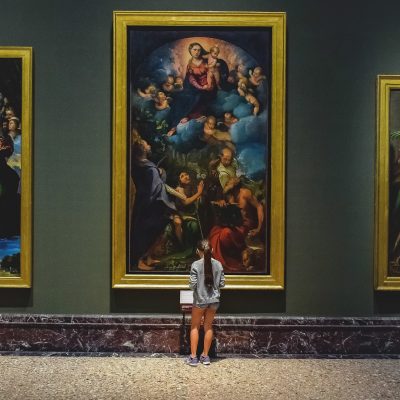Gondola ride in Venice
One of Venice's most distinctive symbols is the gondola: a traditional rowing boat, often steered by one man, who stands at the stern of the boat, deftly wielding a single oar attached to the handle. At the end of the XVI century there were over 10,000 gondolas in Venice, today there are a little more than five hundred.
For centuries the gondola was the main and only way of getting around the city's many canals. Today a gondola ride is a romantic way to look at a city from a different perspective, a way to travel back in time, and feel like a resident or guest of a bygone era.
The name gondola comes from the Latin word "cuncula" which means sea shell, referring to the shape of the boat. Perhaps its name comes from a medieval word of Greek origin meaning "to rock" - dondolare - alluding to the characteristic motion of the boat on the waves.
Because of its unique shape and the craftsmanship required for its construction the gondola can be rightly called a work of art. The 280 parts it consists of are made of eight different types of wood. The finished boat is coated with several layers of black lacquer. The choice of colour was intended to counteract the ostentatious luxury with which the rich and the nobility decorated their boats. There is a practical side as well: the use of resin as a sealing substance.
The gondola is about 11 metres long and has asymmetric sides and a flat bottom. The iron knob on the nose of the gondola has not only a practical purpose but also a symbolic meaning. Thanks to its weight, the boat maintains its balance and its bow comes into balance with the gondolier standing aft. But the most interesting thing lies in its encrypted meaning. The six prongs protruding to one side signify the districts of Venice, while the prong protruding to the opposite side symbolises the island of Giudecca. Between the prongs there are sometimes three small additional ornaments to signify the islands of Murano, Burano and Torcello. The upper part of the knob symbolises the traditional headdress of the Venetian doge, the arch in its lower part symbolises the Rialto Bridge, and the empty space between its bend and the upper prong is the dome of St Mark's Cathedral. The shape of the headpiece, reminiscent of the Latin letter S, symbolises the shape of the Grand Canal of Venice.
Just imagine: A gondola ride through Venice represents a tour of the city in a boat which, through its symbols, represents Venice itself in a symbolic, encrypted way.
Despite its size, the gondola is very manoeuvrable thanks to its shape and the skill of the gondolier, who is able to steer it even in the narrowest canals of the city. To avoid collisions in such places, the gondoliers warn each other in advance with a characteristic call in a loud voice. They also sing a traditional gondolier song: The Barcarola. If you are lucky enough to find a singing gondolier, the ride is a true indulgence in one of the most magical cities in the world.
The charm of Venice is kept alive by the locals who have carefully preserved their traditions and handed them down over the generations. And people like you, travellers who are curious to discover, broaden their horizons and contribute to the preservation of the world's cultural heritage by showing interest in it when they travel.
Treat yourself to an unforgettable experience, book a trip on the canals of Venice in the Gondola: you will have a unique experience, see the city from an unusual angle, and contribute to the preservation of an ancient and centuries-old Venetian tradition.

